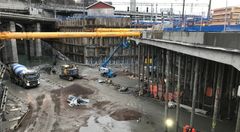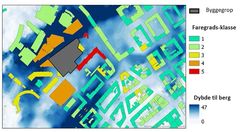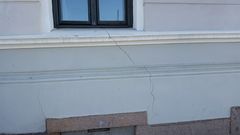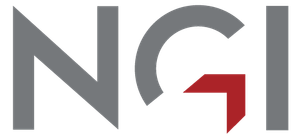Billions to be saved using methods and tools that reduce settlement damage
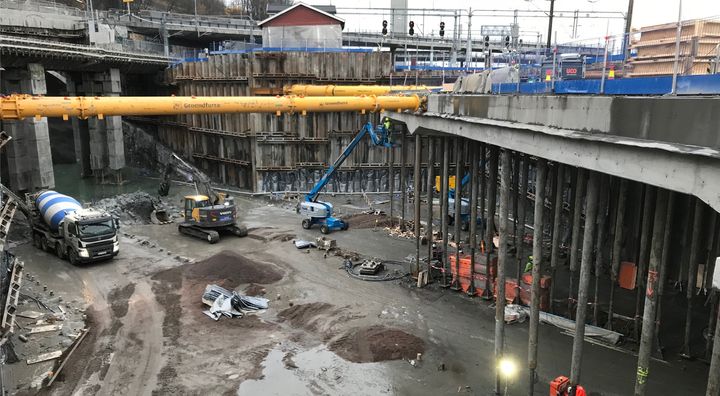
"Bjørvika sinking faster than expected"
"Demands 11 million in compensation after Barcode damage to Oslo S"
"Believe Follobanen is the cause of settlement damage"
Newspaper headlines clearly tell how groundworks can inflict heavy burdens and extra costs on individuals, companies and society.
– It is estimated that in the Norwegian construction industry alone, damage due to groundworks is costing NOK 13 billion every year, says Jenny Langford, senior specialist at the Norwegian Geotechnical Institute, (NGI), and project manager for the research and development project BegrensSkade.
– The industry's use of new methods and tools to assess risk is important both for the builders and for society, says Engen, senior engineer in geotechnics and chairman of the board for the research and development project BegrensSkade.
Started with Bjørvika
After the Bjørvika development in 2012, NGI took the initiative for a research project to gather knowledge and improve methods for establishing construction pits and building foundations. Together with partners from the private and public sector and with funding from the Research Council of Norway, NGI investigated the causes of damage, further developed and documented methods for limiting damage, developed tools for risk assessment and how those involved in a construction project could better work together.
– Project history, collected initially from a significant number of cases, gave the project standing and means that the causes and consequences identified in BegrensSkade are well justified, says Frode Oset, chief engineer at the Norwegian Public Roads Administration, one of the business partners in the project.
– The results were so good that the Research Council more than doubled funding for the follow-up, BegrensSkade II, says Langford.
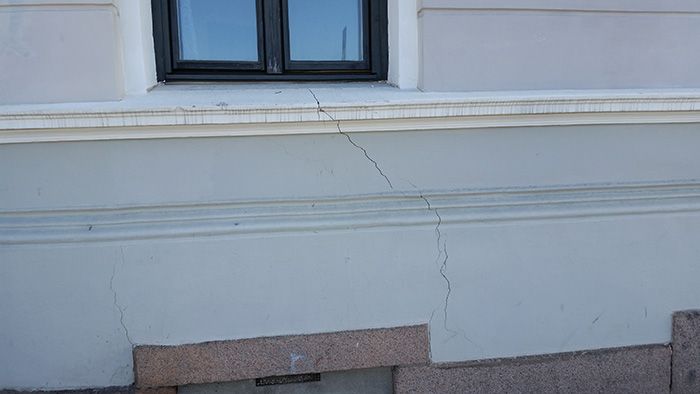
Great leap for the industry
Oset says that the Norwegian Public Roads Administration, which has several constructions in the area affected by the Bjørvika development, was quick to sign up for BegrensSkade.
– We have seen that there may be challenges associated with construction pits in densely populated areas. NGI's initiative covered a need we had for a great leap forward. In sum, the project has met our expectations, both in terms of improving equipment and procedures for milder drilling.
Among the results, Oset will especially highlight "Byggegropveiledningen", (The Construction Pit Guide).
– This work was led by NGI. Here, problems are described and what should be investigated to prevent damage and ensure robust solutions and good implementation. This guide will have the same status as the Piling Guide and become a reference for good practice, says Oset.
Mapping tool that shows the risk of settlement damage
Today, private individuals who experience that construction projects inflict settlement damage on their homes must prove the cause themselves. This damage may only become evident many years after construction work has been completed, making it difficult to prove a causal connection.
– With the tools that we are now developing in BegrensSkade, it will be possible to a greater extent than today, to identify risk in advance of building development and choose construction methods and measures that result in avoiding damage, says Langford.

NGI has developed a model that surveys the vulnerability of buildings in connection with a construction project. It shows that buildings as far away as 2-300 meters can be prone to damage. The tool is based on geographic information systems, GIS. Available information on ground conditions and buildings and whether the buildings are piled or founded on uncompacted materials is all plotted into the map data. At the touch of a button, it is thereby possible to assess settlements for corner points on buildings and map the risk of damage as a result of the construction work and, using a colour code, classify the degree of danger. Thus, it is possible early in the process to assess the risk for existing buildings and the need for milder methods and measures, as well as additional costs involved.
– We have tested the tool on two projects where we have data on how the settlements developed in retrospect. The results show that the model hits well, says Langford.
If everything goes according to plan, the model for assessing risk will also be tested in the area around Follobanen. In addition, matrix tools have been developed for a detailed risk assessment of the project and what measures should be taken. In connection with the planning of a new Viking Museum on Bygdøy, Statsbygg, together with Multiconsult and NGI, has used the matrix tool to assess the risk of exceeding vibration limit values for to safeguard the museum exhibits during the building phase.
– There is no tradition for systematic risk assessment in the construction industry. Here, a cultural change is called for, and the example above shows that the industry is changing, Langford believes.
From research to practice
Oset and Engen support Langford in the need for a cultural change in the industry.
– Yes, there is a need for new thinking, for example about how we formulate the contracts. Maybe the work should be measured in time and not in meters. It must pay to use the methods that are mildest, says Engen at Norconsult.
– The key people who currently prepare the contract grounds for large state-owned companies, such as Bane NOR and the Norwegian Public Roads Administration, must be presented with tools, methods and recommendations in BegrensSkade and use them. Internally, we must work to ensure that those who make contracts for risk projects are aware that there are tools that supplement what is currently in use, and get them included in the work routines, says Oset.
Guides and courses
Both at NGI and with business partners, attention is now focused on informing and teaching the industry how it is possible to avoid settlement damage.
– We plan to conduct a course for the entire industry in risk management, where we will, among other things, present the tools that BegrensSkade has developed, says Langford.
She says that all the tools developed in the project will be available on NGI's project page. In addition, NGI is working on a website that will make the GIS tool available for the entire industry.
– The job is not completed when we have identified tools and finished writing the final report. We must increase our understanding of what kind of damage potential the construction methods we choose can have. The best way to make money is to do things right from the start, says Oset.
– We will be involved in pushing geotechnics forward as a discipline. The strength of BegrensSkade is that a collective professional environment is behind it. Now we need to spread the results, says Engen.
Contacts
Jenny LangfordSenior Specialist
Tel:+47 902 96 161jenny.langford@ngi.noImages
Links
About NGI
NGI is an independent international centre for research and consultancy in engineering geosciences. We are Norway's leading geotechnical specialist community and work in the fields of Building, construction, and transportation, Environmental engineering, Offshore energy and Natural hazards. Our expertise on sustainable solutions and technology is important to ensure that we build our society on safe ground.
Subscribe to releases from NGI
Subscribe to all the latest releases from NGI by registering your e-mail address below. You can unsubscribe at any time.
Latest releases from NGI
Global modell skal gjøre verden bedre rustet mot tsunamier17.11.2025 11:46:45 CET | Pressemelding
Da en enorm flodbølge traff kystene rundt Indiahavet andre juledag i 2004, mistet mer enn 220 000 mennesker livet. Det var en katastrofe som rystet verden og som avslørte hvor lite vi egentlig forsto om tsunamier.
NGI-forsker valgt inn i styret til European Chemicals Agency (ECHA)24.10.2025 12:15:11 CEST | Pressemelding
Forsker ved NGI - Norges Geotekniske Institutt, Hans Peter Arp, er én av verdens fremste eksperter på kjemisk forurensning. Nå skal miljøkjemikeren påvirke kjemikaliepolitikken i Europa.
NGI lanserer unikt traineeprogram innen geoteknikk30.9.2025 09:11:00 CEST | Pressemelding
Fire nyutdannede ingeniører får nå muligheten til å prøve seg på tvers av NGIs kjerneområder. Gjennom et nytt traineeprogram skal de utforske alt fra fundamentering på land til havvind og klimatilpasning.
Flere velger geoteknikk og kvinneandelen skyter i været11.9.2025 08:55:38 CEST | Pressemelding
Masterstudiet i geoteknikk ved OsloMet vokser raskt. Da studiet startet i 2022, var det fem studenter og bare menn. Denne høsten har 21 nye studenter startet, av dem åtte kvinner.
Vi kan bygge tryggere tunneler med kunstig intelligens15.8.2025 14:51:34 CEST | Pressemelding
Kunstig intelligens endrer hvordan vi bygger tunneler. Vi kan forutsi farlige forhold i berget før vi treffer dem. Det gir tryggere tunneler, lavere kostnader, mindre naturinngrep og bedre beslutninger under bakken.
In our pressroom you can read all our latest releases, find our press contacts, images, documents and other relevant information about us.
Visit our pressroom
